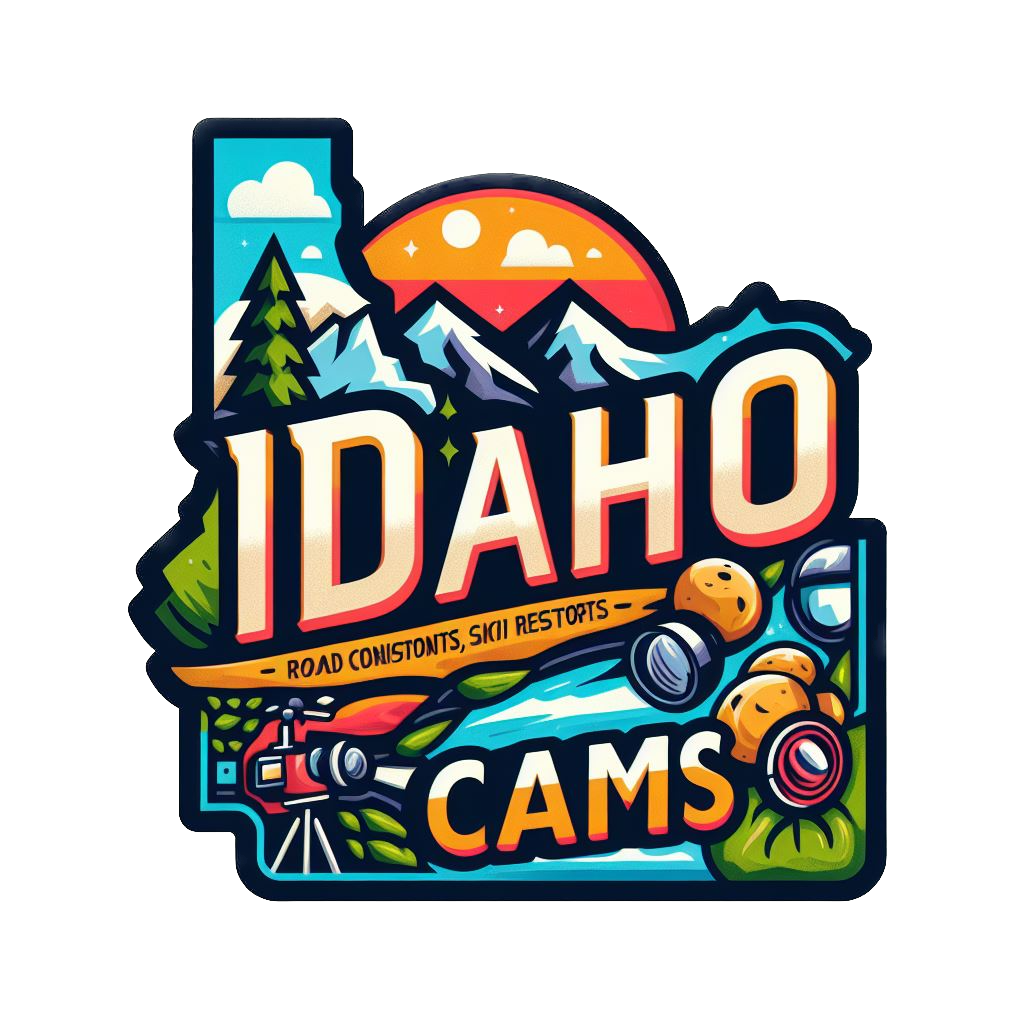Pearl, ID Weather Cams
Pearl FAA Webcam
Pearl, Idaho: A Forgotten Gem of the Mining Frontier
Pearl, ID Weather Cams. Pearl, Idaho, once a bustling mining town, now stands as a quiet reminder of the boom-and-bust cycles that defined the American West. Located in Gem County, just a short distance from Emmett, Pearl’s history is a tale of discovery, ambition, and resilience. Though its heyday has long passed, the legacy of Pearl lives on in the stories of its people and the remnants of its mining heritage.
Early Beginnings: The Discovery of Gold
The story of Pearl begins in the late 19th century, during a time when prospectors were scouring the West in search of precious metals. The first significant discovery in the Pearl area occurred in the 1870s, when placer miners found traces of gold in the region. However, these early efforts yielded only modest results, and the area remained relatively quiet for several decades.
It wasn’t until 1894 that Pearl began to attract serious attention. That year, a prospector named Dan Levan stumbled upon rich gold ore deposits in the hills near Willow Creek. Encouraged by his findings, Levan expanded his operations, eventually establishing a small mining camp. His discovery marked the beginning of Pearl’s transformation into a thriving mining town.
The Boom Years: Growth and Prosperity
By the late 1890s, Pearl had grown into a bustling community, fueled by the success of its gold mines. The town’s population swelled as miners, entrepreneurs, and their families flocked to the area in search of opportunity. At its peak, Pearl was home to over 200 residents, as well as a variety of businesses and services.
The town’s infrastructure reflected its prosperity. Pearl boasted a post office, general stores, saloons, boarding houses, and even a drugstore. The arrival of the Idaho Northern Railway in nearby Emmett further boosted the town’s fortunes, providing a vital transportation link for ore shipments and supplies.
The most productive mines in the Pearl district included the Checkmate, Leviathan, and Lincoln mines. These operations yielded significant quantities of gold, silver, and other valuable minerals, contributing to the town’s economic success. In 1896 alone, the mines produced an estimated $80,000 worth of gold—a substantial sum for the time.
Challenges and Decline
Despite its early success, Pearl faced numerous challenges that would ultimately lead to its decline. The mining industry was inherently volatile, subject to fluctuations in ore prices and the depletion of resources. By the early 20th century, many of Pearl’s mines were no longer profitable, and the town’s population began to dwindle.
The Great Depression of the 1930s dealt a further blow to Pearl, as economic hardship forced many residents to leave in search of work elsewhere. The closure of the post office in 1941 marked the end of Pearl as an active community, and the town gradually faded into obscurity.
The Legacy of Pearl
Today, Pearl is a ghost town, its once-bustling streets now silent and overgrown. However, the remnants of its past can still be seen in the form of abandoned buildings, mining equipment, and other artifacts. These relics serve as a testament to the town’s rich history and the enduring spirit of its residents.
Efforts to preserve Pearl’s heritage have been undertaken by local historians and organizations, including the Gem County Historical Society. Through their work, the stories of Pearl and its people continue to be shared with new generations, ensuring that the town’s legacy is not forgotten.
Conclusion
Pearl, Idaho, may no longer be a thriving community, but its history remains a vital part of the region’s identity. From its humble beginnings as a mining camp to its rise as a prosperous town, Pearl’s story is a reflection of the challenges and triumphs of the American frontier. As we look back on the history of Pearl, we are reminded of the resilience and determination of those who sought to build a better future in the rugged landscapes of the West.
For more information, visit the official Gem County website here where Pearl is located.
